Information on Shawarma
Shawarma is among the most popular Middle Eastern dishes. It is a wrap commonly served with pita bread, cucumber, lavash bread, tomatoes, tabouli salad, taboon bread, and fattoush salad. The stuffing for the wrap consists of beef, turkey, chicken, goat, or lamb, but it may also include a mixture of different types of meat. The meat gets placed on a spit, and it is commonly grilled there, sometimes even for an entire day. The most common shawarma toppings include amba, pickled turnips, hummus, and tahini.

Shawarma Preparation
The Greek version of shawarma is called gyro, while its Turkish counterpart is known by the name of doner kebab. In both cases, the dish includes striped chicken, lamb, or beef stacked on a stick and topped with tomatoes and onion. The spit needs to keep rotating slowly so that the meat gets equally roasted on all sides.
Ancient times called for wood fire, but nowadays people use gas flame. The sandwich wrap consists of pita bread, which is filled with meat and different types of dressings and vegetables. The most common ingredients of shawarma include cabbage, French fries, cucumber, tomato, eggplant, pickled gherkins, lettuce, pickled turnips, parsley, and onion.
The most common types of dressings used for shawarma include tahini which is a sesame paste, skhug, which is a hot chili sauce, amba sauce with chilbeh and pickled mango, pomegranate concentrate, toum which is a garlic sauce, garlic mayonnaise and hummus which can be spiced up with vinegar, nutmeg, cinnamon or cardamom.
Different countries use different kinds of meat for the preparation of shawarma, so Middle Eastern countries prefer chicken, Saudi Arabia prefers goat, while Turkey prefers beef. Some rare cases may also include fish instead of meat. Sometimes, people use baguettes or hot dog buns instead of pita bread as well.
Shawarma Nutrition Facts
Shawarma is an excellent source of proteins, potassium, vitamin A, sodium, vitamin B6, iron, vitamin C, magnesium, thiamine, calcium, niacin, and folate. It also contains certain amounts of cholesterol, fats, carbohydrates, dietary fiber, and sugar.
Shawarma Calories
A serving of chicken shawarma contains 403 calories, while each shawarma sandwich may contain up to 503 calories. Each ounce of beef shawarma contains approximately 70 calories, while 4 ounces of turkey shawarma may contain up to 180 calories. A serving of chicken shawarma with kebab and mezza contains up to 600 calories.
- The high energy density and high glycemic index of fast foods may increase the prevalence of obesity and cardiovascular risk factors. Fast food consumption is usually associated with higher fat intake as fast foods are rich sources of saturated fatty acids and trans-fatty acids leading to excess adiposity. Eating fast food was found to be associated with weight gain in Arab countries. Causal relationship of fast food and obesity was reported among university students in Lebanon and Saudi Arabia.
- Using a cross-sectional design, a blood sample to investigate cholesterol level was drawn from a sample of university students in Northern Jordan. Besides, students’ dietary habits and anthropometric measurements were obtained.
- Out of 201 participants, 57% (n=115) were male and 43% (n=86) were female. More than three quarters of the sample ate shawarma (Mediterranean fast food) at least once per week. About 44% of the study subjects had increased BMI and about 37% had increased serum cholesterol level. Participants’ gender, age, marital status, physical activity, BMI, living status, and daily pocket money significantly correlated with cholesterol level (P
- In the regression analysis, eating fast foods and increased BMI were strong predictors of high cholesterol level. Students who ate shawarma more than 3 times a week had more than 8 folds to have hypercholesterolemia (OR=8.4; CI: 2.62–26.72), and obese students were more than 14 folds at higher risk to have hypercholesterolemia compared to those with normal BMI (OR=14.2; CI: 4.80–42.29).
- In addition, male students had doubled odds for having abnormal cholesterol level compared to females (OR=2.1; CI: 1.10–4.44).
- www.myfitnesspal.com/nutrition-facts-calories/shawarma
- www.nutritionix.com/i/nutritionix/chicken-shawarma-1-sandwich/562fe78915389fbd05618b36
- Photo courtesy of Robin by Flickr: https://www.flickr.com/photos/63637139@N00/1118779884




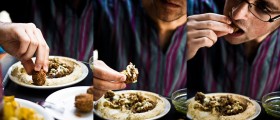
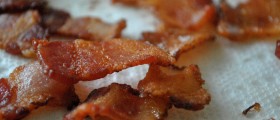
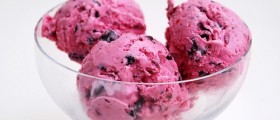
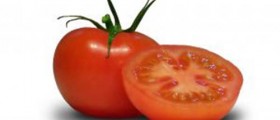
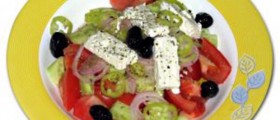



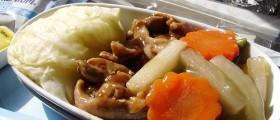
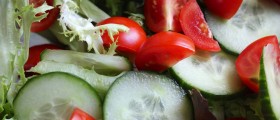

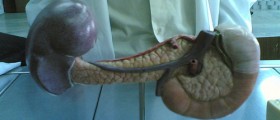

Your thoughts on this
Loading...